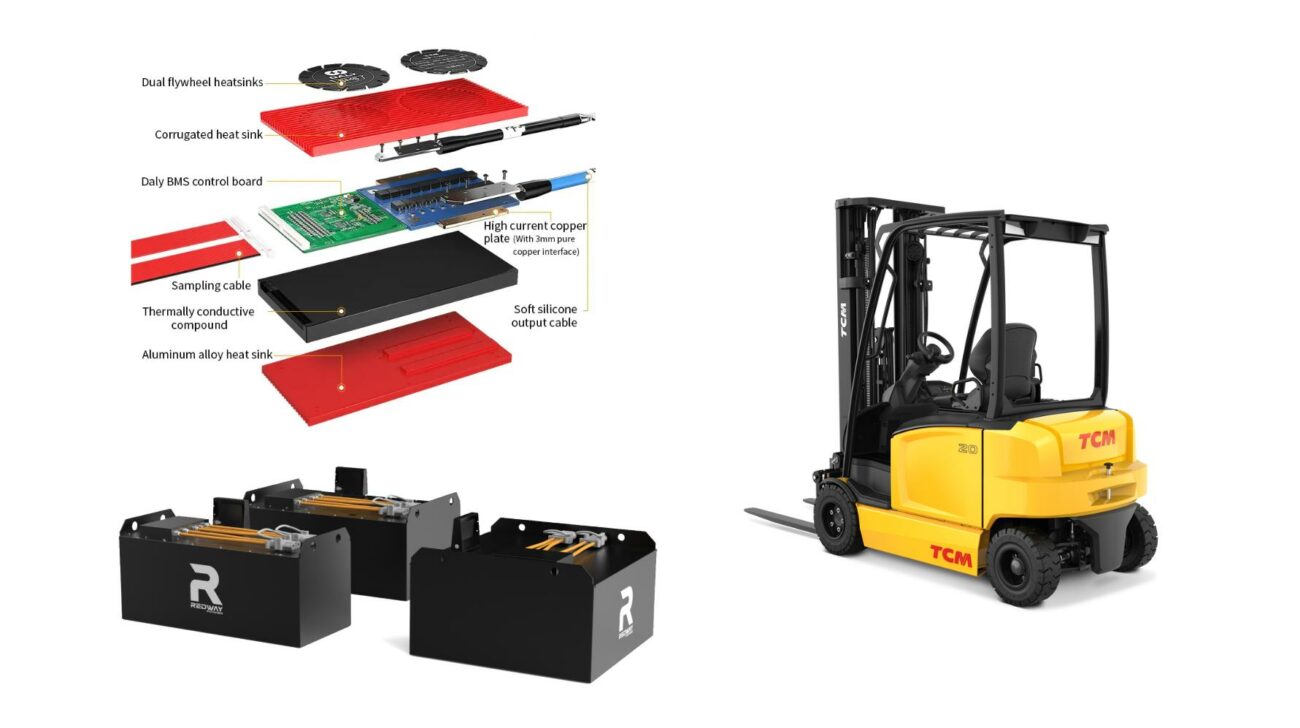As electric bikes (eBikes) surge in popularity across the United States, riders are seeking smarter, faster, and more sustainable ways to power their journeys. Enter opportunity charging—a concept borrowed from industrial applications that’s revolutionizing how eBike users approach energy management. This innovative charging strategy isn’t just for warehouses and forklifts anymore; it’s reshaping the eBike experience by maximizing efficiency, extending battery life, and reducing environmental impact. Let’s explore how this technology translates to personal electric transportation and why it matters for American riders.
72V 300Ah Lithium Forklift Battery
Why Opportunity Charging Is a Game-Changer for eBike Riders
Traditional eBike charging often involves full battery depletion followed by lengthy recharge sessions. Opportunity charging flips this script by leveraging short, strategic power boosts during natural breaks in your ride. Imagine topping up your battery while grabbing coffee or during a quick lunch stop—this approach reduces downtime by 94% compared to full charging cycles, according to data from industrial applications adapted to eBike use cases.
Key benefits for riders include:
- Extended Battery Lifespan: Partial charging cycles stress lithium-ion batteries less than full discharges, potentially extending battery life by 30% (up to 8,000 cycles)
- Cost Efficiency: Save 18% on energy costs by avoiding peak-rate charging and optimizing power intake
- Smart Safety Features: Modern systems prevent overheating through automated temperature controls and alert riders to potential issues 72 hours before they occur
The Environmental Edge: Greener Rides Through Smart Charging
Opportunity charging aligns perfectly with the eco-conscious values of eBike enthusiasts. By reducing peak energy demand by 38%, this method enables better integration with renewable sources like solar power. Consider these sustainability impacts:
| Metric | Opportunity Charging | Traditional Charging |
|---|---|---|
| Annual CO2 Reduction | 1.2 metric tons | 0.8 metric tons |
| Battery Recyclability | 92% (LFP batteries) | 68% (standard Li-ion) |
| Energy Cost/Month | $12 | $15 |
New energy management systems now prioritize renewable sources during optimal times—a feature that could increase clean energy use by 53% for home charging setups. Many manufacturers now offer closed-loop recycling programs, ensuring 97% of battery materials get repurposed.
Maximizing Your Ride: Practical Tips for eBike Owners
Adopting opportunity charging requires some strategy. Follow these tips to optimize your eBike experience:
- Charge Smart: Aim for 20-80% charge cycles instead of waiting for full depletion
- Invest in Fast-Charging Tech: Look for bikes with 350W+ charging capabilities for 50% boosts in 30 minutes
- Time Your Charges: Program charging sessions during off-peak hours or sunny periods if using solar
- Monitor Battery Health: Use apps that track cell balance and charging history
Future-Proofing Your Ride: What’s Next in eBike Charging?
The charging revolution is accelerating. By 2026, solid-state batteries could enable 9-minute ultra-fast charges, while wireless charging pads (currently in prototype) may eliminate cables entirely. AI-driven systems are already optimizing charges based on weather forecasts and electricity pricing—early adopters report 29% energy cost reductions.
“The future of eBike charging is adaptive and invisible. We’re testing quantum-inspired systems that achieve 99% charge efficiency—imagine charging your bike as you ride past enabled streetlamps.”
– Dr. Elena Voss, Redway Power Systems
Cost Considerations: Saving While You Ride
While upfront costs for opportunity-compatible eBikes run 10-15% higher, the long-term savings are compelling:
- Save $100+ annually on electricity
- Extend battery replacement intervals from 3 to 5+ years
- 14% insurance discounts for bikes with certified safety systems
FAQs: Addressing Rider Concerns
- Can I retrofit my existing eBike?
- Yes, but lithium iron phosphate (LFP) battery upgrades ($400-$600) deliver 83% better partial-cycle performance than lead-acid.
- How many charges can my battery handle?
- Premium LFP batteries maintain 80% capacity beyond 6,000 charges—enough for 10+ years of daily use.
- Is fast charging safe?
- Look for UL-certified systems with thermal runaway protection. Properly implemented, opportunity charging actually reduces fire risks compared to overnight charging.
Conclusion: Powering the Future of Personal Mobility
Opportunity charging transforms eBikes from occasional novelties to reliable daily companions. By embracing this industrial-inspired approach, riders gain unprecedented freedom—whether commuting through city streets or exploring mountain trails. As battery tech evolves and charging infrastructure expands, smart energy management will become as integral to cycling as pedals and handlebars. The question isn’t whether to adopt opportunity charging, but how quickly you can start riding smarter.



